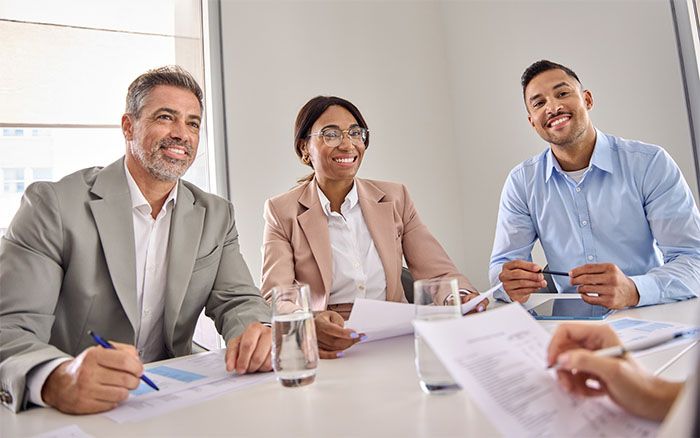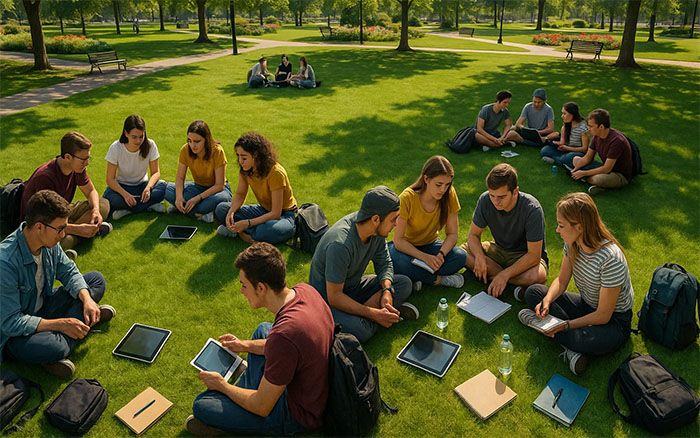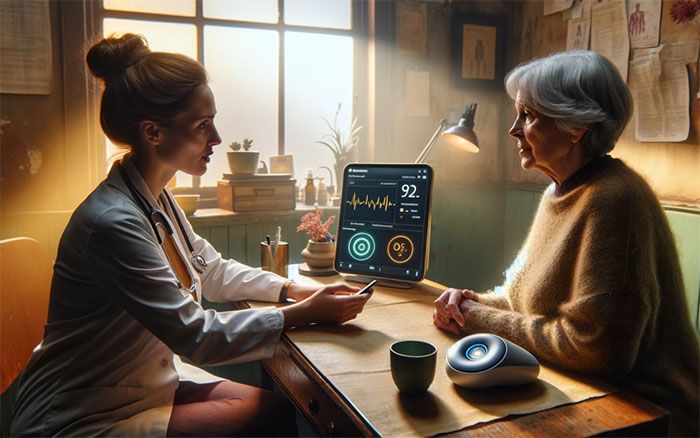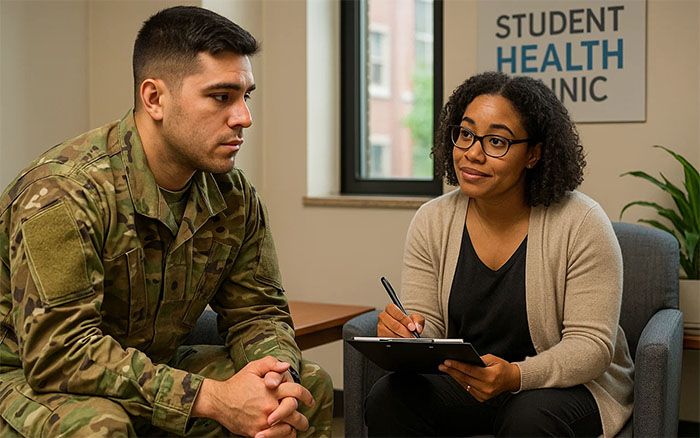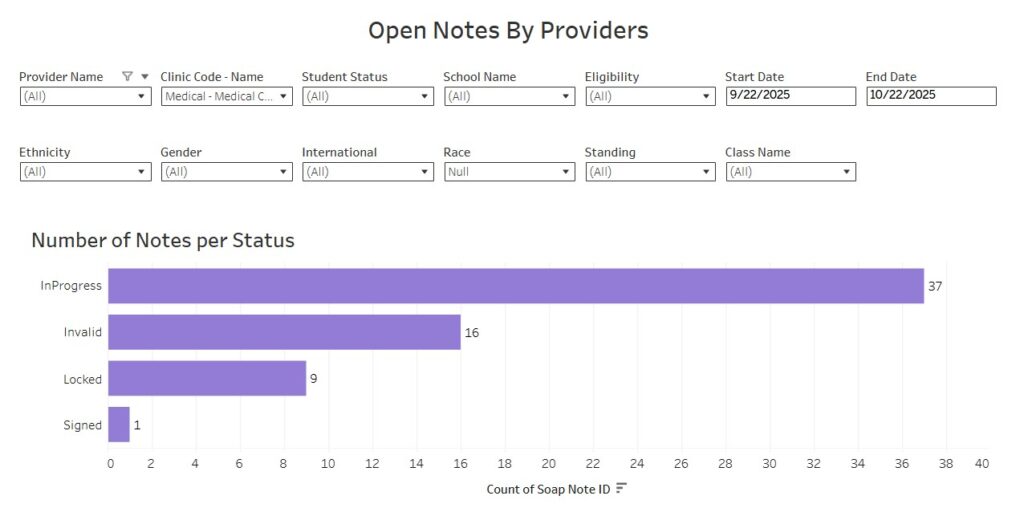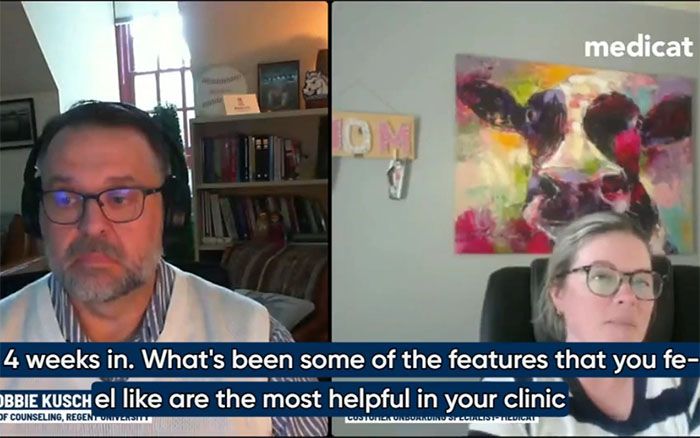AI-Powered Immunization Review With Medicat’s ICM Agent
How the AI-Powered ICM Agent Works
Immunization compliance can feel like a seasonal stress test—especially ahead of fall move-in. In a recent webinar, Ruth Patten, Director of Client Development, and Ann Wright, Director of Product, unpacked how Medicat’s new ICM Agent is designed to take a major chunk of manual verification off your plate.
We rounded up the webinar’s most important insights to help you get a better understanding of how this tool works. You can also view the full webinar replay below:
Q1: What are the biggest pain points schools face related to immunization compliance management
Even with clear requirements and frequent outreach, many teams see the same issues every semester:
- Low student engagement: Students ignore messages or wait until the last minute.
- Incomplete submissions: Dates without documents (or documents without the required information like DOB and physician signature).
- Data-entry mistakes: Wrong dates or mismatched vaccines entered in the portal.
- Non-English records: Staff must request translations or rely on online language support.
- The summer time crunch: Reviews pile up; staffing fluctuates, and registration holds can start impacting students.
Q2: How manual is immunization verification today?
During our spring client survey, we uncovered that 93% of schools still do at least some manual verification /manual record entry. Moreover, 30 of the schools we surveyed reported that more than half of their verification is done manually—a big signal that there are still ample opportunities for automation to make a big impact on compliance workflow.
Q3: What has Medicat already done to reduce manual work in immunization compliance?
We walked through several tools that many campuses already use:
- Student portal data entry + upload to shift basic data entry away from staff
- State immunization registry connections (automated push/pull—great when students were immunized in your state)
- VeriVax integration to pull records across state lines when students were immunized elsewhere
However, even with these tools, a remaining slice of records (especially in international or non-state registry scenarios) still requires a human to compare documentation against what’s entered. This is why we’ve built the ICM Agent!
Q4: So… what is the ICM Agent?
ICM Agent is Medicat’s AI-powered tool that compares dates and details entered in the system to the dates/details shown on uploaded documentation. It then marks the appropriate immunization “facts” as verified (or leaves them unverified when sufficient documentation is missing).
The goal is simple: put more of the tedious comparison work onto the Agent’s plate while keeping a human in control in case any adjustments to compliance status need to be made.
This functionality builds on Medicat’s existing Immunization Compliance tools, including the student portal, state immunization registries, and streamlined document review.
Q5: How does ICM Agent help teams day-to-day?
There are four primary benefits to using the Medicat ICM Agent:
- Less manual labor verifying immunization facts.
- Faster processing across many files at once (instead of one-by-one review)
- Human oversight stays in place (staff can see what AI did and override as needed)
- Reduced risk of human error, like missed signatures or overlookeddetails
For campus health teams, the result is smoother, more efficient workflow without sacrificing accuracy or oversight.
Q6: How will staff know what was reviewed by AI or a human?
During our webinar, we shared a set of new icon statuses inside MedicatOne ICM:
Document icons (paper icons):
- Unprocessed (no human/AI has reviewed yet)
- Processed by human (verified by staff)
- Pending AI (queued for AI review)
- Processed by AI (AI reviewed and verified what it could)
- Failed (reserved for technical failures)
Fact icons (round dots):
- Unverified (no supporting documentation)
- Verified (trusted source like registry/VeriVaxor manually verified documentation)
- Verified by AI (the “favorite icon” moment—AI found proof in the document)
Q7: What happens if the AI can’t read a file?
In cases where a file can’t be fully processed, the system handles it in one of two ways:
- If the document is readable but contains no usable immunization data, the ICM Agent will mark the document as processed but will not verify any facts—mirroring how a human reviewer would handle the same situation.
- If the file is technically unreadable (for example, it can’t be opened), the document is flagged as failed, and staff can prompt the student to re-upload a valid file.
Q8: Can it handle waivers and lab results?
Support for waivers and lab results is part of the ICM Agent roadmap and will be introduced in future product phases. Each phase builds on the last to expand automation and reduce both student and staff workload.
Q9: Does ICM Agent store PHI?
Medicat’s ICM Agent does not persist PHI. The comparison happens “in memory,” and only the results are saved back into your Medicat system. Additionally, security documentation (HECVAT) is available upon request. Please email info@medicat.com for more information.
Q10: How do students learn what’s missing once ICM Agent reviews their submission?
This workflow can remain automated: when immunization fact statuses change, notifications can be sent to students directing them back to the portal, where the status of satisfied versus missing requirements is clearly displayed.
Pro tip: Teams can configure custom notifications to add more explicit instructions.
Q11: Is the ICM Agent expected to cause system delays?
No. The ICM Agent operates as a separate system on different servers than our EHR platform and does not interact directly with your SQL database. As a result, it does not impact overall system performance.
Key Takeaways
ICM Agent is built to reduce the heaviest part of immunization season workload: manual document comparison at scale—without removing human control.
If your team is already using MedicatOne cohorts, the student portal, a state registry interface, and/or VeriVax, ICM Agent is designed to close the “last mile” that still forces staff to do manual review.

